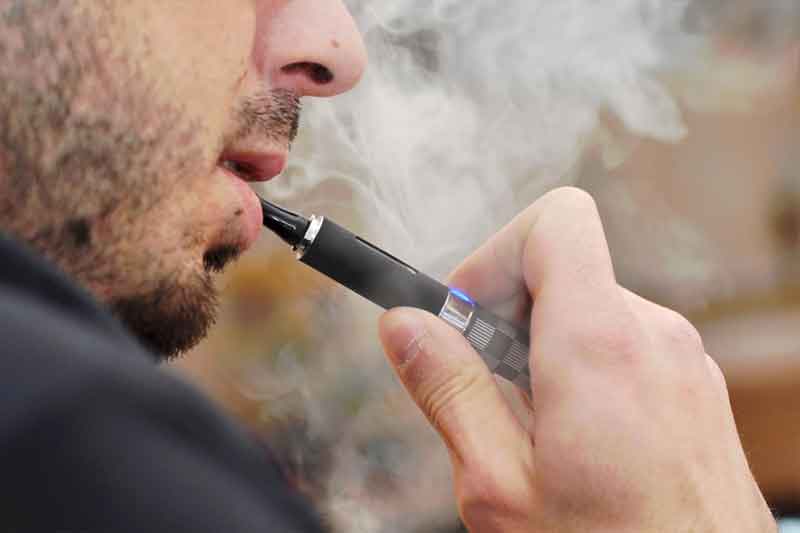No products in the cart.
3 Potential Side Effects of Vaping You Should Know Leave a comment
3 Potential Side Effects of Vaping You Should Know. Although vapes are not medical devices, side effects for the user may occur. But these side effects are not a given. Because of the many variables in devices and e-liquid on the market, as well as the differences in frequency and method someone vapes, the side effects are often situational instead of universal.
3 Potential Side Effects of Vaping You Should Know
Medical studies and official surveys to reference for vaping side effects are sorely lacking, with most focusing on overall health and vaping.
Dry mouth
One of the most common side effects of vaping. Dry mouth is most associated with the base ingredients of e-liquid: PG and VG (propylene glycol and vegetable glycerin).
Although higher percentages of PG are often reported to have a more drying effect on the mouth, it’s not uncommon for 100% VG vapers to still experience it. The reasons behind this seem counterintuitive.
Sore throat
A sore or scratchy throat may be caused by a number of things: nicotine, propylene glycol, flavorings, or even the coil used in the atomizer.
Some coils used in vaping are nickel-based, and it’s not uncommon for users to discover they have an allergy to nickel.
Also, several reports online can be found associating a sore throat with high nicotine, especially when used with high levels of propylene glycol (50% or more).
Coughing
Problems with coughing while vaping frequently appear in complaints from beginner vapers, even when they’re ex-smokers or even current smokers.
Generally speaking, coughing is a result of the wrong approach to vaping and inhaling. Like the result of high nicotine being used with a direct-lung inhale or trying to take a cigarette-type draw on a device with too much airflow.
If you are coughing when you take a hit, check the airflow of the device without activating it (if your device has an automatic draw, take out the cartridge or vape pod and draw on it while not attached to the battery).














